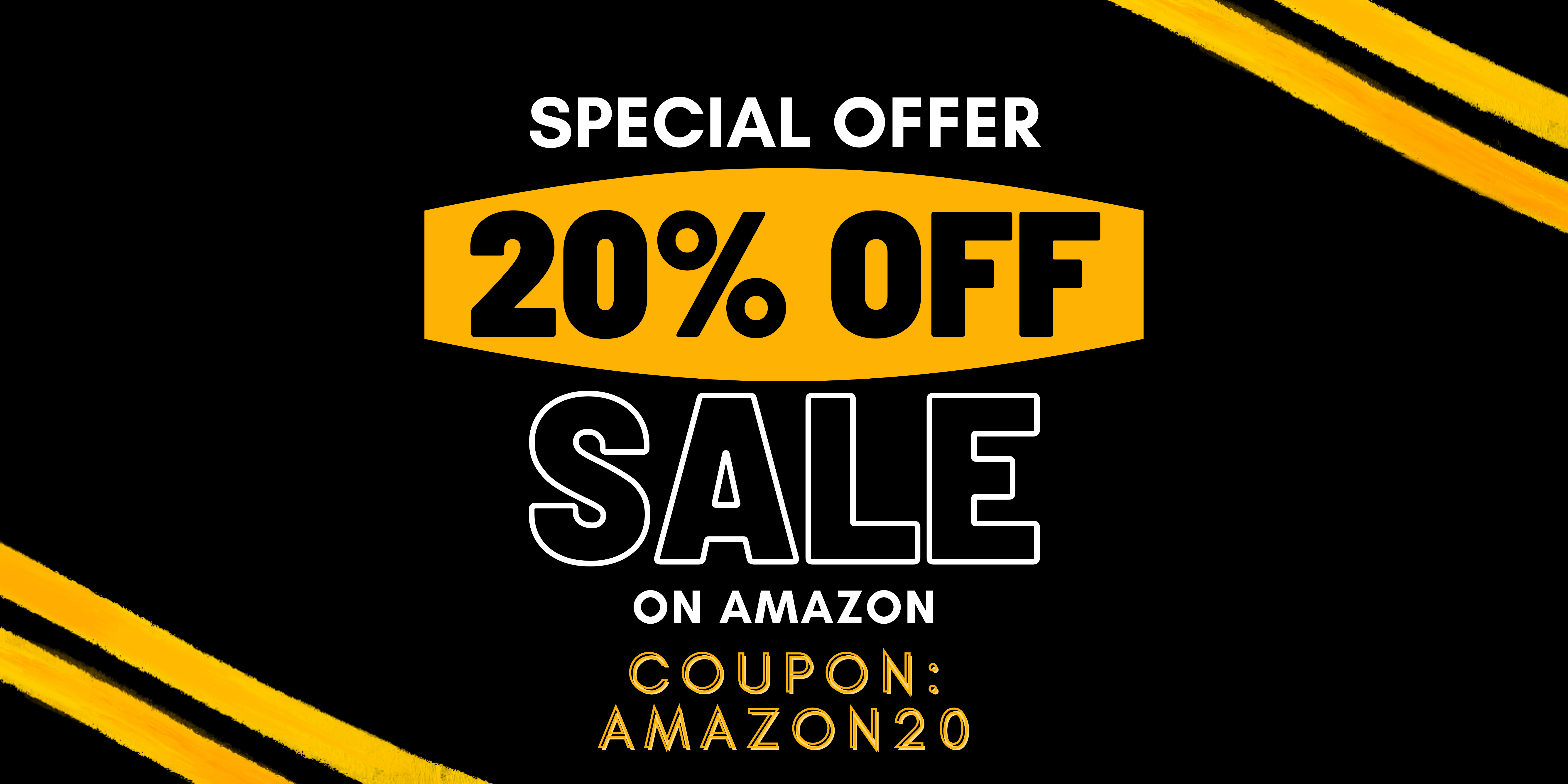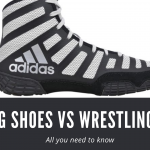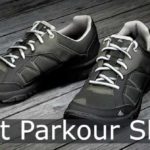Table of Contents
There is a wide variety of shoes designed specifically for weightlifting. While casual gym-goers may be quite content with a pair of runners or cross-trainers, those who take their lifting seriously want shoes that will allow them to get the most out of their workout.

Hi-tops are a great option since they provide enough support and improve lifting technique, even if there are many other styles of shoes that are ideal for heavy lifting (including the old-school favorite, Converse).
Thanks to several opportunities, I’ve sampled a wide variety of them throughout the years. The features, pricing, and other salient points of my preferred high-top weightlifting shoes are outlined here. Continue reading to find out which high-top lifting shoe can help you achieve your training goals.
NO BULL is known for producing stylish fitness gear, and their high-top lifting shoes are among the best on the market.
These bad boys are wicked in appearance, include two colour options, and provide enough mid and high ankle support. The mesh uppers on these shoes let air to circulate, keeping your feet cool and dry even as you pound the barbell. (*raises hand*) This is especially important for those of us who sweat excessively during workouts.
Despite being a little more pricey than your standard pair of Converse hi-tops (which we will get to in a minute), NO BULL’s sneakers are durable, have a flat sole with minimum bounce, and are delightfully comfy.
Most effective no-frills, budget-friendly, high-top weightlifting shoes
There was no conscious effort on Converse’s part to make this timeless model become a best-seller among weightlifters, yet that is precisely what they achieved.
Converse high tops have made a name for themselves in the weightlifting community despite having been originally designed for basketball players like Magic Johnson and Larry Bird. These shoes’ thick, bounce-free soles, sturdy canvas uppers, and affordable price have all contributed to the high top’s popularity in the lifting world.
The All-Star is available from Converse in a wide range of colours and sizes to suit every consumer’s taste and footwear needs. Chuck Taylors, adored by innumerable weightlifters for their simplicity and comfort, provide enough ankle support thanks to a lacing mechanism that extends all the way to the top of the shoe’s tongue.
Relaxing, inexpensive, and a true classic. Those high-tops just about have everything you could want.
Much like Chuck Taylors, Asics’ Matflex wasn’t intended to be a hit with the weightlifting community. Although the Matflex was created specifically for wrestlers, it has many of the same features as other high-top lifting shoes.
One of the most notable characteristics is the lacing system, which offers a great deal of stability at the ankle. Gum rubber is used for the sole, which offers superior traction on the weight rack or the gym floor. And the textile and synthetic mesh top is robust enough to support your feet and keep them comfortable and dry.
The Matflex is reasonably affordable, with prices ranging from $60 to $80 (depending on the size).
Let’s just say it: this footwear has more in common with a space boot than a regular pair of sneakers. You can’t tell by looking at them, but these sneakers have an alien design that really has some serious kick. Those two strong Velcro straps are the star of the show because of how much lateral support they provide.
The sole is somewhat thicker than that of an ASICS or NO BULL, but it still offers very little rebound, so your feet will stay in close touch with the floor while you stomp and pound the weights for maximum force.
These nasty boys from famed wrestling shoemaker Adidas have also been adopted by the weightlifting world.
The Combat Speed, identified by the three-stripe logo on the outside side, offers superb ankle support. The Combat Speeds are ultra-light and airy, with a strap across the top for further ankle support, a rainbow of colour options, and a rubber outsole for traction as you smash personal records in the weight room.
There’s a certain “lightness” that comes with these shoes that I really like. In my case, a pair of Combat Speeds cost me $145.
Sabo offers the greatest deadlifting shoes on the market, so look no further if you’re in the market for a pair of high-top weightlifting shoes.
Wearing these shoes while doing the deadlift can greatly increase your chances of success. Your upper foot and ankle are held firmly in place by two Velcro straps. The soles measure between 2 and 5 millimeters in thickness, making them the thinnest available (apart from going barefoot or wearing deadlifting slippers, of course).
When you’re squatting or deadlifting with a wider stance, the thick side panels will assist support your feet, and the mesh panels will let air in and keep your feet cool and comfortable.
The Sabos are the best option if you’re looking for a high-top pair of weightlifting shoes that are specifically made to kick the deadlift where it hurts.
FAQs about High Top Bodybuilding Shoes
Are high top shoes good for weightlifting?
Yes. Some weightlifters prefer high top shoes for the added support and stability they provide, while others find them to be uncomfortable or constricting. Ultimately, it is up to the individual weightlifter to decide whether or not high top shoes are right for them.
Can I squat with high-top shoes?
Are high tops better for your feet?
Yes for most. It usually depends on individual foot structure and preferences. Some people find that high tops provide more support and stability for their feet, while others find that low tops allow for greater range of motion and are more comfortable. Ultimately, it is important to choose the shoe that best suits your individual needs.
Why do people workout in high tops?
There are a few reasons why people might choose to workout in high tops:
1. Some high tops have extra support around the ankles, which can be helpful for people with weak or injured ankles.
2. High tops can also provide extra arch support, which can be beneficial for people with flat feet or other foot problems.
3. Some people simply prefer the way high tops look, and find them more comfortable or stylish than other types of shoes.
Do high-tops prevent ankle rolls?
Some people may find that high–top shoes help to support their ankles and prevent rolled ankles, while others may find that the shoes do not make a difference. Ultimately, it is up to the individual to decide if high–top shoes are right for them.










